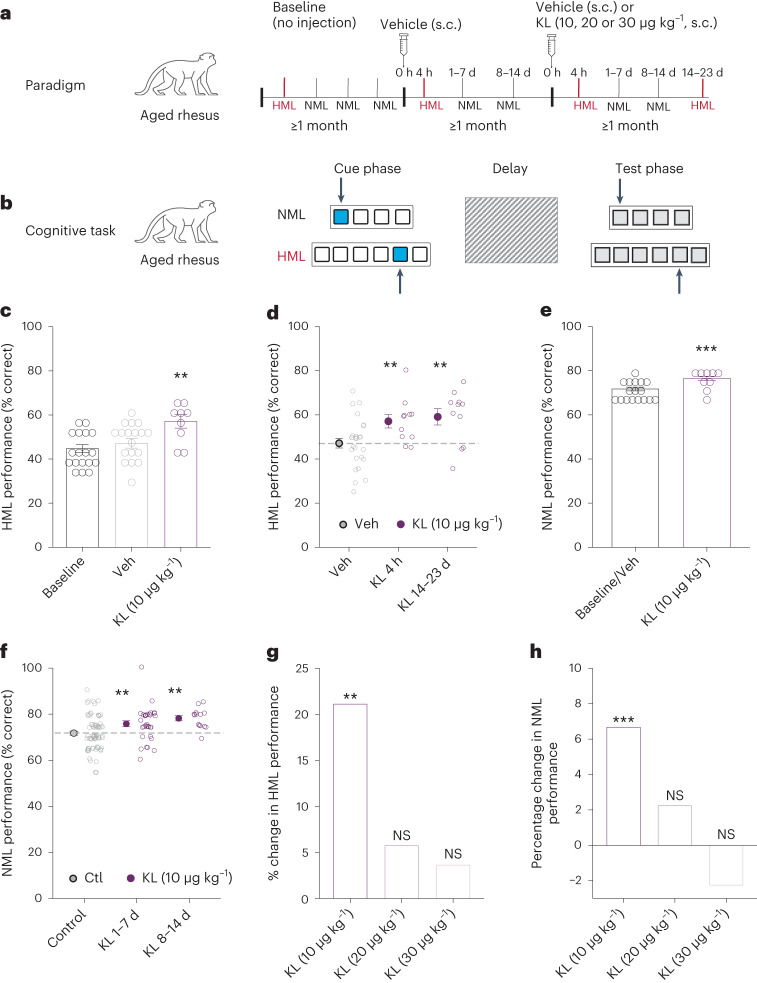Fig. 2. Rhesus KL enhances cognition in aged rhesus macaques.
a, Paradigm for testing aged rhesus macaques (age 15–28 years; n = 18 monkeys; 13 females and 5 males) in a spatial delayed memory task following treatment with Veh or rhesus KL (Supplementary Table 1 shows testing in each monkey). b, Diagram of the SDR cognitive task. Monkey is shown food reward (cue phase), screen is lowered (delay) and then screen is raised with all wells covered (test phase). Remembering location of hidden reward in NML and HML (more wells and longer delays) was measured. c, Percent correct choices by monkeys, representing spatial and working memory, in HML task at baseline (n = 19 sessions from 18 monkeys; 13 females and 5 males), at 4 h following treatment with Veh (n = 26 sessions from 18 monkeys; 13 females and 5 males) or rhesus KL (10 μg kg−1) (n = 11 sessions from 9 monkeys; 6 females and 3 males). **P = 0.0077 versus Veh (linear mixed-model ANOVA and Satterthwaite’s t-tests using sessions, two-tailed). Bars represent mean ± s.e.m. of test sessions; points are mean performance of each monkey. d, Percent correct choices by monkeys in the HML task 4 h and 14–23 d after a single injection with Veh or rhesus KL (10 μg kg−1). n, same as Fig. 1c. **P = 0.0077 (4 h), **P = 0.0035 (14–23 d) versus Veh (linear mixed-model ANOVA and Satterthwaite’s t-tests using sessions, two-tailed). Points indicate sessions. Filled circles are mean ± s.e.m. of sessions. Dashed line shows mean Veh performance. e, Percent correct choices by monkeys in NML task 1–14 d after baseline or vehicle treatment (n = 71 sessions from 17 monkeys; 12 females and 5 males) or rhesus KL (10 μg kg−1) (n = 46 sessions from 9 monkeys; 6 females and 3 males), ***P = 0.0006 versus Veh + baseline (linear mixed-model ANOVA and Satterthwaite’s t-tests using session, two-tailed). Points show mean performance of each monkey. Bars represent mean ± s.e.m. of test sessions. f, Percent correct choices by monkeys in NML task averaged over the first and second weeks after baseline or Veh treatment (Ctl) (n, same as Fig. 1e) or rhesus KL (10 μg kg−1 (n, same as Fig. 1e; 32 sessions between 1–7 d and 14 sessions between 8–14 d), **P = 0.0080 (1–7 d) and **P = 0.0021 (8–14 d) versus Veh + baseline (linear mixed-model ANOVA and Satterthwaite’s t-tests using sessions, two-tailed). Points indicate sessions. Filled circles indicate mean ± s.e.m. of sessions. Dashed line shows mean control performance. g, Percent increase in cognition in HML task at varying doses of rhesus KL treatment at 10 μg−1 averaged over the course of testing (n = 11 sessions from 9 monkeys; 6 female and 3 male), 20 μg kg−1 (n = 7 sessions from 7 monkeys; 5 female and 2 male) or 30 μg kg−1 (n = 13 sessions from 13 monkeys; 9 females and 4 males) compared to Veh treatment (n = 26 sessions from 18 monkeys; 13 females and 5 males). **P = 0.0077 versus Veh (linear mixed-model ANOVA and Satterthwaite’s t-tests using sessions, two-tailed). h, Percent increase in cognition in NML task at varying doses of rhesus KL treatment at 10 μg kg−1 averaged over the course of testing (n = 46 sessions from 9 monkeys; 6 female and 3 male), 20 μg kg−1 (n = 31 sessions from 7 monkeys; 5 female and 2 male) or 30 μg kg−1 (n = 40 sessions from 13 monkeys; 9 females and 4 males) compared to Veh + baseline (n = 71 sessions from 17 monkeys; 12 females and 5 males) ***P = 0.0006 versus Veh (linear mixed-model ANOVA and Satterthwaite’s t-tests using sessions, two-tailed).

